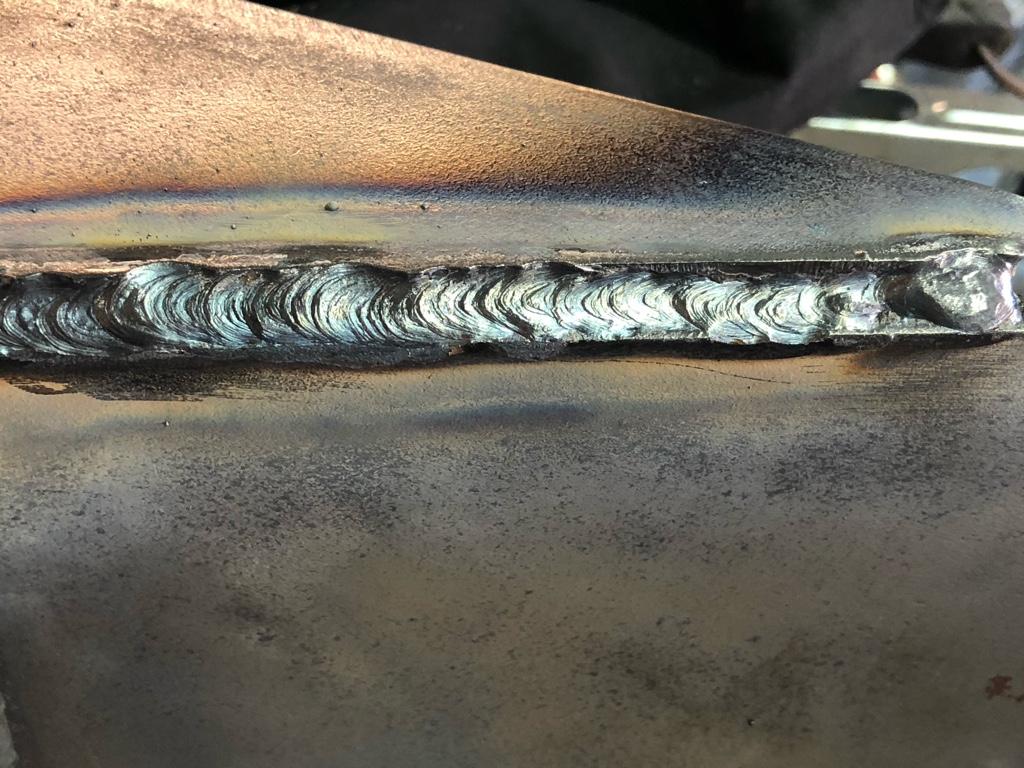Finest Practices for Preventing Weld Undercut: Understanding the Fundamentals
Mastering the Art of Welding: How to Avoid Undercut Welding Issues for Flawless Manufacture Outcomes
By understanding the root triggers of undercut welding and carrying out effective strategies to stop it, welders can boost their craft to new degrees of quality. In the quest of perfect construction results, mastering the art of welding to prevent undercut issues is not just an ability but a need for those making every effort for excellence in their work.
Comprehending Undercut Welding

To protect against undercut welding, welders need to make sure correct welding criteria, such as adjusting the present, voltage, travel speed, and preserving the proper electrode angle. By recognizing the reasons of undercut welding and executing preventative steps, welders can attain top quality, structurally sound welds.
Sources Of Undercut in Welding
Recognizing the variables that add to damage in welding is vital for welders to generate top quality, structurally sound welds. Damaging happens when the weld metal does not properly fill up the groove developed in between the base metal and the previously transferred weld steel. Numerous aspects can result in damage in welding. One common cause is excessive warmth input. Welding at high temperatures for prolonged durations can cause the base metal melting greater than preferred, resulting in undercut. Poor welding wrong or present welding rate can also add to undercut. Inadequate current might not give adequate warm to melt the base and filler steels adequately, while extreme speed can stop correct blend, causing undercut. Additionally, improper electrode angles or incorrect lantern adjustment techniques can create areas of low weld metal deposition, advertising undercut. Comprehending these reasons and applying appropriate welding methods can aid prevent undercutting concerns, guaranteeing strong and resilient welds.
Strategies to stop Undercutting

To mitigate the threat of undercutting in welding, welders can employ strategic welding methods intended at boosting the high quality and integrity of the Clicking Here weld joints. In addition, utilizing the appropriate welding technique for the particular joint arrangement, such as weave or stringer beads, can contribute to decreasing damaging.
Using back-step welding methods and regulating the weld bead profile can additionally assist distribute heat equally and minimize the threat of undercut. Normal examination of the weld joint throughout and after welding, as well as applying high quality guarantee steps, can help in attending to this content and identifying damaging concerns immediately.
Significance of Proper Welding Criteria
Picking and preserving suitable welding criteria is important for accomplishing effective welds with very little problems. Welding specifications describe variables such as voltage, existing, travel rate, electrode angle, and protecting gas flow price that straight impact the welding process. These criteria have to be thoroughly readjusted based upon the sort of material being bonded, its density, and the welding strategy utilized.
Proper welding parameters guarantee the right quantity of warm is put on melt the base metals and filler product consistently. If the criteria are set expensive, it can result in excessive warm input, causing burn-through, distortion, or spatter. On the various other hand, if the specifications are as well low, incomplete blend, absence of penetration, or undercutting may happen.
Top Quality Guarantee in Welding Operations

Verdict
In final thought, mastering the art of welding calls for a thorough understanding of undercut welding, its reasons, and techniques to avoid it. By making certain appropriate welding Clicking Here specifications and carrying out quality control methods, remarkable fabrication outcomes can be accomplished. It is necessary for welders to constantly pursue quality in their welding procedures to stay clear of undercut problems and generate high-grade welds.
Undercut welding, a typical flaw in welding processes, occurs when the weld metal doesn't properly load the groove and leaves a groove or depression along the welded joint.To stop undercut welding, welders should guarantee proper welding criteria, such as readjusting the current, voltage, traveling rate, and maintaining the right electrode angle. Poor welding current or wrong welding speed can likewise add to damage.To minimize the risk of undercutting in welding, welders can utilize strategic welding strategies intended at boosting the top quality and honesty of the weld joints.In final thought, mastering the art of welding calls for an extensive understanding of undercut welding, its causes, and techniques to avoid it.